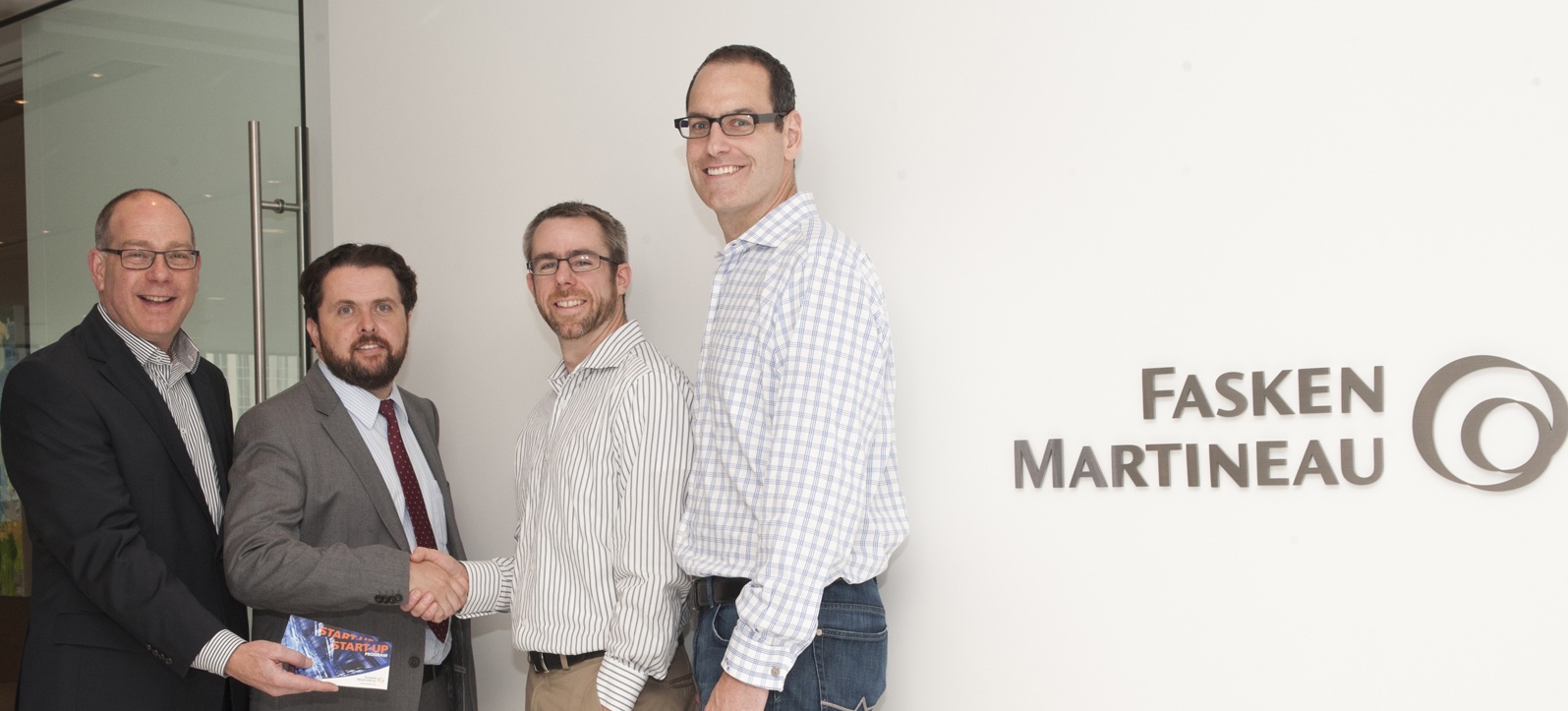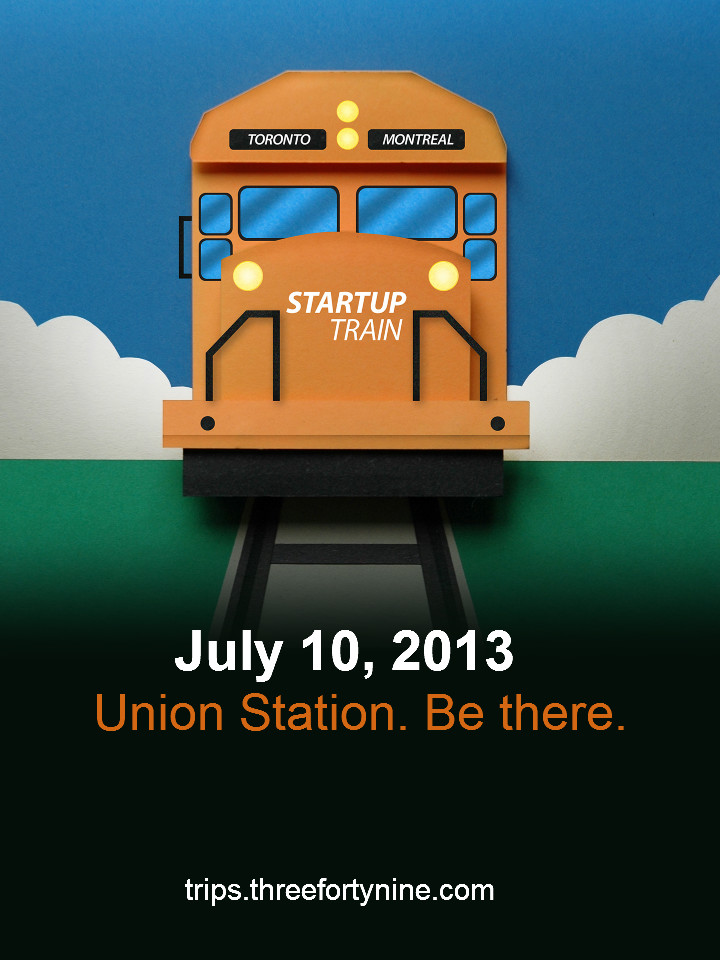[This was cross-posted with our friends at StartupNorth]
First, a quick quiz…For this quiz, time is important as we want your gut instinct so you only have five seconds to answer before the submit button goes away. It’s multiple choice, there are only two options and you simply need to select one.
When you’re ready, go take the quiz and make sure to return here…..
This topic of free and freemium pricing models is a regular one in startup land. While I’m sure it comes up on occasion in more traditional businesses, I have a feeling it’s much less the case. I don’t recall Mark pondering the option of offering free drinks and meals for the first six months at OX Restaurant. Or Beth considering just giving sweatshop free clothes away for the first three months at Grey Rock Clothing.
“When something is FREE! we forget the downside….we just can’t resist the gravitational pull of FREE!”
Over in startup land, it’s almost universal that first time founders plan to launch their product initially for free. While the free excuse list is almost infinite, a few samples include….
- We really want to get people in and using it, get them hooked on the app before we start charging.
- Because this is such a new innovative way of doing things, we can’t charge them, they just won’t pay until they use it.
- Once we have enough users, we’ll start monetizing through ads but we can’t sell ads until we have the users.

A FREE image!
To be clear I’m not advocating against free or freemium models. In some cases they make great sense, however those cases are rare. What I am advocating is that you make that decision explicitly and can back up your reasoning. I have yet to speak with a new founder who plans on offering free initially AND has a good reason for it. Someone who’s explicitly thought it through and has clear, sound reasoning why they’re starting with free.
In new product development, what is much more important than free users are the hard no’s. What’s a hard no?
“Here’s a pink stuffed animal I made, do you like it?”
“Yes, it looks awesome, you’re a lovely human being, let me hug you…”
“Will you buy this pink stuffed animal from me? Will you please give me 20 of your hard earned dollars for this pink stuffed animal I made?”
“You want me to give you 20 bucks for this crappy stuffy you stitched together? Are you mad?”
There, that’s a hard no. It’s someone saying no, I don’t see enough value in this exchange for me. Hard no’s are money in the bank for startups, if you leverage them. You have to chase down every hard no and ask why, why, why? Why don’t you love me anymore? Why doesn’t my value proposition work for you? Would you pay $10? What if I included a lifetime warranty? What if it was $5 plus a lifetime warranty?
Starting with free removes your ability to get to those valuable hard no’s almost entirely. Now rewind the above conversation…..
“You want me to give you 20 bucks for this crappy stuffy you stitched together? Are you mad?”
“I’m just kidding, we’re giving them away for free as part of launching our new company, here it’s yours!”
“Thank you! I love you again, that was a close one”
See the difference? Few people can resist the power of free. You feel great about your pink stuffed animal, love is in the air, everybody happy, happy, happy.
What happens to the pink stuffed animal? The same thing that happens to most free software apps, it’s neglected and dies a slow quiet death in a dusty basement. Dad never says “hey, why aren’t you loving that pink stuffed animal? I paid $20 for that you know?!”
Here’s the thing you must realize, free is a reality distortion field of it’s own. We can’t control ourselves around free. Remember the quiz at the top of this post? I’m quite confident that greater than 75% of you chose the free option even though it’s not a rational choice. A $30 giftcard for $5 offers you $25 in value. A free $20 giftcard offers $20. That doesn’t matter since we go bonkers around free!
“Zero is not just another discount. Zero is a different place. The difference between two cents and one cent is small. But the difference between one cent and zero is huge!”
Clearly the rational choice is the $30 giftcard but free messes with our minds. In the book Predictably Irrational: The Hidden Forces That Shape Our Decisions, the author Dan Ariely digs into the details of how we tend to apply either market norms or social norms in these situations. Free confuses your customer into applying social norms instead of market norms. This will certainly increase your user count but if you’re building a business you need to iterate to a value proposition that works when customer’s apply market norms to them.
If it makes good sense, free it up! Just be aware how powerful free can be. Depending on how you use it, it can help or hinder you. Offering free prevents your customers from applying market norms to your offering. Having customers applying social norms can distort your offering in ways you may never recover from. Good luck selling those $20 pink stuffed animals six months from now!

 Startup Train and Startup Fest are simply great environments; an instant community of friends and supporters – everyone trading pitches, feedback, and ideas. Everyone wanted to hear your pitch and you got a ton of chances to practice and hone your hook sentence. On the Train, new friends
Startup Train and Startup Fest are simply great environments; an instant community of friends and supporters – everyone trading pitches, feedback, and ideas. Everyone wanted to hear your pitch and you got a ton of chances to practice and hone your hook sentence. On the Train, new friends 
 We spoke with everyone we could. It was amazing to engage with so many innovators and entrepreneurs, to ask what they were working on and to bounce around ideas. @Julien literally waved at me in a crowd and pointed at someone else and mouthed “Talk to him!” It was that kind of a supportive environment.
We spoke with everyone we could. It was amazing to engage with so many innovators and entrepreneurs, to ask what they were working on and to bounce around ideas. @Julien literally waved at me in a crowd and pointed at someone else and mouthed “Talk to him!” It was that kind of a supportive environment.


